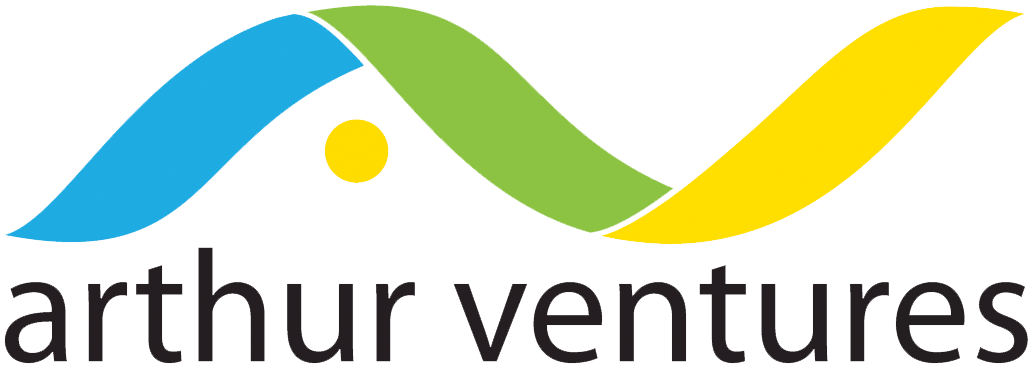Changing Your Sales Strategies As You Grow Into PLG
According to Forrester research, almost 75% of B2B Buyers prefer buying online over buying through a salesperson. So it’s no wonder that companies with traditional sales-led models are scurrying to enter into the Product-Led universe in any capacity.
However, as anyone familiar with PLG knows–– it’s challenging to retrofit the product-led experience onto a sales-led organization. Fortunately, PLG exists on a continuum, allowing businesses to employ product-led strategies without flipping their entire business model on its head. This space in between sales-led and product-led is referred to as the Product-Led Funnel.
An organization can live in the funnel indefinitely, and more and more, we see companies that do (think: Hubspot). Whether your goal is to convert your model into a product-led funnel or use it as a stepping stone to true PLG, there are fundamental principles to consider, especially when reorganizing the sales strategy.
Avoid Hard and Fast Sales Rules
The most important part of transitioning to PLG or the Product-Led Funnel is generating product-ready buyers, which means abandoning your traditional sales qualification process and letting customers buy the way they want to buy.
At the beginning of your organization’s transition, the role of sales may not change very much but should leave wiggle-room for new buyers and processes. As you create product-ready buyers in your funnel, you’ll find prospects know more about your product, and are ready to move forward with their purchase decision more quickly. This could mean having an online purchase option or introducing a Sales Assistant role to aid self-qualified buyers. It's important not to force self-qualified and product-ready buyers into the traditional sales funnel because it can slow down the purchasing process and dissuade potential customers by introducing buying friction.
Apply Sales-Favored Credit and Commission
In the early stages of the product-led shift, a company may find itself with buyers who want to speak to a sales representative for information but ultimately choose to purchase online or buyers who are ready to buy on the first call. Some go-to-market leaders wonder if traditional sales commission is ‘fair’ when the sales team does less work to land the deal.
When it comes to navigating which member of the sales team is credited for this deal, always keep lightweight rules that favor the sales representative. For example, you might consider implementing a 60-day window rule (i.e., if a salesperson has been in contact with the customer within 60 days of purchase, they receive credit and commission.)
Not offering this flexibility in the early stages of the product-led transition encourages a competitive culture where salespeople feel their role and opportunity to earn diminish, which can cause team turnover. Keeping up company-wide morale is integral to this transition period.
Not worried about sales team morale because you think product-led companies don’t need sales? Think again. All of the fastest-growing household name product-led companies (Slack, Zoom, and Dropbox, to name a few) rely on sales teams to create their rapid expansion.
Introduce A Sales Assistant Role
A sales assistant is critical to mitigating adverse effects on company culture. Integrating this non-commissioned role into the sales process gives the customers a chance to interact with a person from the company for questions and understanding while still allowing online purchase options.
Remember, the purpose of this role isn’t to eventually supersede a sales team. Even the most famous PLG companies operate with a sales organization. A crucial part of this role is evaluating the customer’s needs, and if needed, referring them to a sales rep in instances where a self-qualified customer’s needs go beyond simple transactional questions.
Change the Cadence
Product-Led growth exists on a hotbed of inbound leads, so it is essential to recalibrate your efforts toward accommodating these potential customers. Traditional sales practice is to offer a demo, but the Product-Led Funnel requires a language change. Go deeper than a demo. Cadence should focus on the customer’s pain points and how your software solves those concerns. Essentially, you’re targeting your inbound leads with undercover outbound sales strategies.
Practice Patience & Endurance
The transition to product-led growth does not come without its unique challenges. It requires a companywide mindset shift that can be aided by exercising these principles and ideas. Remember, this transition doesn’t happen overnight and can sometimes take years on both the product and company culture end. Practice patience with your team, encourage endurance during complicated situations and ease your expectations of a speedy and streamlined shift. It’s important that everyone be aligned, and be comfortable with operating in some ambiguous situations initially. Welcome to the Product-Led-Funnel!
